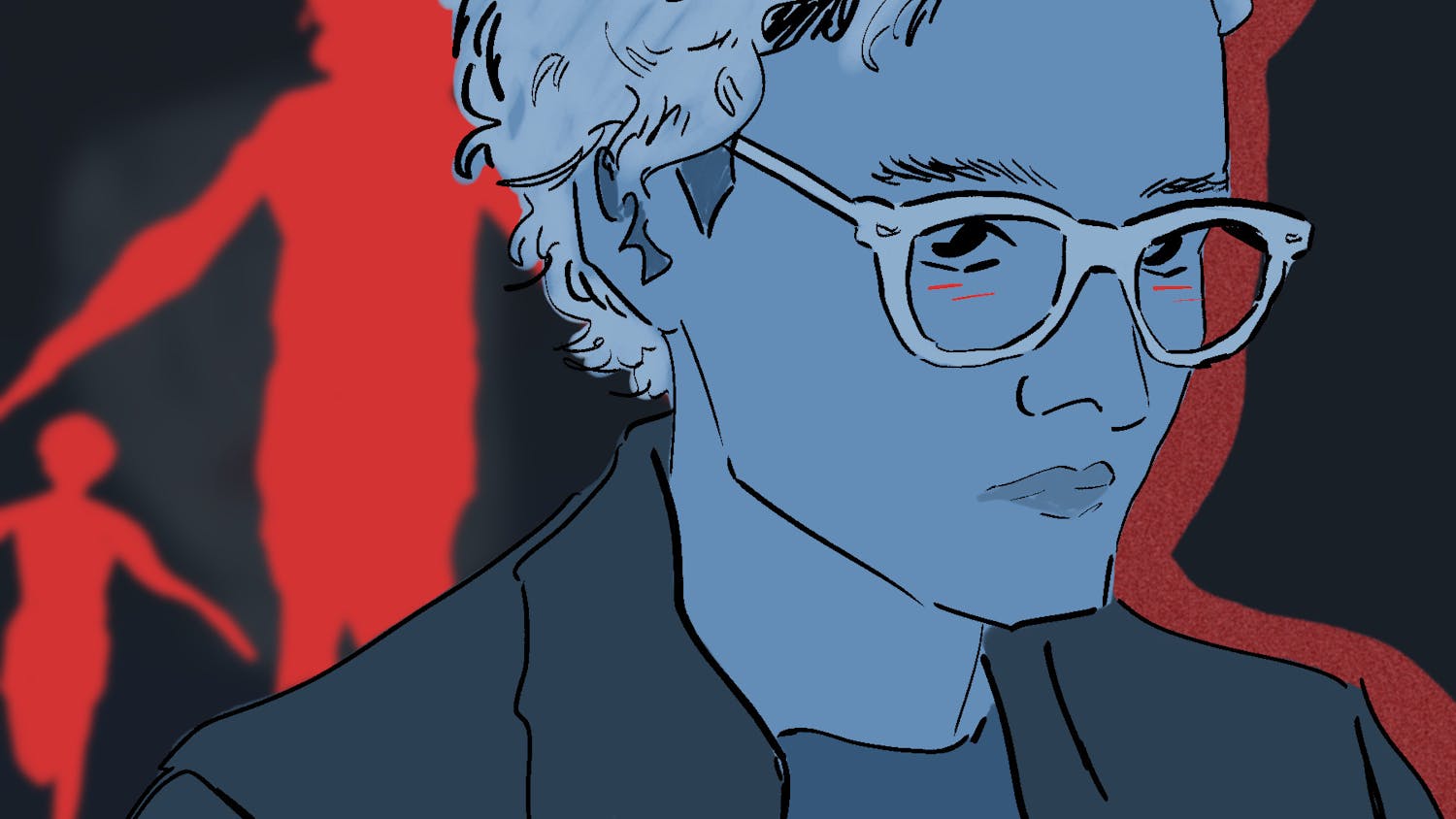After updating its offerings in recent years, Students Teaching in the Arts is redefining its identity. The program, which formerly brought arts and crafts to classrooms in surrounding schools, now focuses on using arts integration as a teaching method.
START matches undergraduate volunteers with lower and middle school classrooms in the Upper Valley.
“It was originally started by a student who saw that art programming was being cut out of the schools in the area, especially the elementary schools,” said Mary Gaetz, Hopkins Center community outreach coordinator.
START was originally founded to ensure that local youth were being exposed to arts. After about 20 years, however, START’s original mission became outdated.
“Schools started actually getting their art programs back, at least visual art programs, and we saw more of a need to showcase arts as a teaching tool rather than making an art project,” Gaetz said.
START now caters to local elementary schools’ current curriculums.
“We go to the schools once a week, and we use art to help the students learn whatever they’re learning in class,” Libby Fairless ’15 said.
Teachers supply START members with information about what their students are learning, and volunteers work together to create a plan for 30-, 45- or 60-minute class periods.
“We call it an activity plan, so you could have five activities in one session, but every activity has to build on the other one,” START Senior Intern Liz Niehaus ’14 said. “You’re pushing in this direction that really engages the students with the material they’re learning in the classroom.”
Weekly projects are not bound by specific guidelines and include songwriting, painting, drawing and playwriting.
Niehaus and Gaetz approve weekly programming.
“They wrote trail songs last week, and they’ve done creative writing,” Fairless said.
START volunteers work with three or four different classrooms each term and typically send two or three volunteers.
“That has to do with the capacity of the program,” Gaetz said. “Instead of being an inch deep and really broad, we’re a little more narrow, but we’re trying to be really deep with what we’re doing.”
START volunters receive positive feedback from students and teachers.
“I think for the kids it’s a nice break from their typical classroom routine,” Niehaus said. “The goal for us is to have the kids out of their seats and moving or singing or dancing or drawing, not the typical teacher at the front, children in their desks.”
Because one classroom last year was learning about cave paintings, Niehaus and the students made paints with egg yolk and berries.
“We found this huge tree that had fallen over, and the kids all painted on the tree stump,” Niehaus said.
START aims overall to help students explore and have fun with the subjects at hand.
START saw an increase in applications this fall.
“We get a lot of ’17s applying, who I think are looking for that niche on campus,” Niehaus said.



